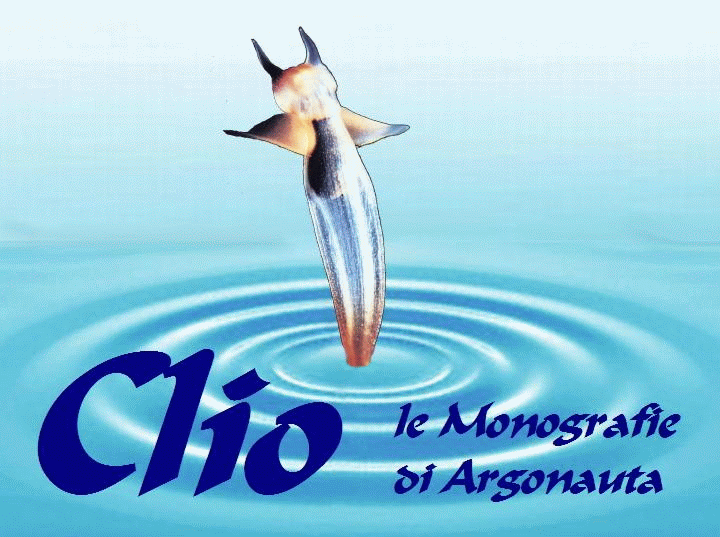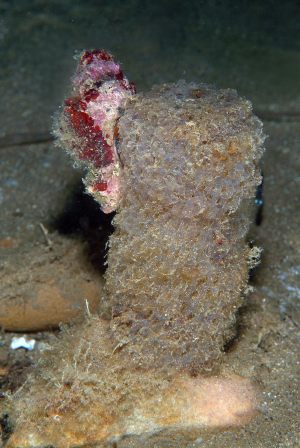
Clio supplemento a Argonauta n. 7-12 2011
 back to index
|
 |
page 200 |
page 201 |
page 202 |
 |
 uovo di seppia nel quale si vede il "cucciolo" già ben formato uovo di seppia nel quale si vede il "cucciolo" già ben formato
puoi ingrandire tutte le immagini di questa pagina con un click
La strategia vincente: le uova
Le uova dei molluschi vengono facilmente trasportate e disperse  dai movimenti del mare. Sono anche un ottimo cibo per molti pesci e altri animali marini. Puoi capire facilmente che le probabilità per un uovo di dischiudersi e per un "cucciolo" di sopravvivere fino alla maturità sono ben poche. dai movimenti del mare. Sono anche un ottimo cibo per molti pesci e altri animali marini. Puoi capire facilmente che le probabilità per un uovo di dischiudersi e per un "cucciolo" di sopravvivere fino alla maturità sono ben poche.
Come mai i molluschi sono, dopo gli insetti, gli animali più diffusi sulla terra?
La strategia vincente è quella della  produzione di uova in gran quantità: in genere i molluschi producono migliaia di uova e, spesso, le proteggono in capsule piuttosto resistenti che, se possibile, fissano sulle rocce, sulle gorgonie o sui coralli. produzione di uova in gran quantità: in genere i molluschi producono migliaia di uova e, spesso, le proteggono in capsule piuttosto resistenti che, se possibile, fissano sulle rocce, sulle gorgonie o sui coralli.
Più spesso le racchiudono in un tubo di gelatina che fissano avvolgendole poi su alghe, madrepore o coralli.
Le uova che più facilmente troverai spiaggiate sono quelle degli "Scuncigli" (Murex, Trunculariopsis, Thais) e delle seppie.
|
The winning strategy: the eggs
The eggs of mollusks  are easily transported and dispersed by the movements of the sea. They are also an excellent food for many fish and other marine animals. You can easily understand that the probability of an egg and unfolding for a "puppy" to survive are easily transported and dispersed by the movements of the sea. They are also an excellent food for many fish and other marine animals. You can easily understand that the probability of an egg and unfolding for a "puppy" to survive  to adulthood are few. to adulthood are few.
Why are shellfish, after the insects, the most common animals on earth?
The winning strategy is the production of eggs in large quantities: the mollusks typically produce thousands of eggs, and often protect them in capsules rather strong that, if possible, lay down on the rocks, or on gorgonian corals. More often enclose in a tube of jelly that set then wrap them on algae, corals and coral.
The eggs most likely to find are those of the beached "Scuncigli" (Murex, Trunculariopsis, Thais) and cuttlefish.
| |
|



